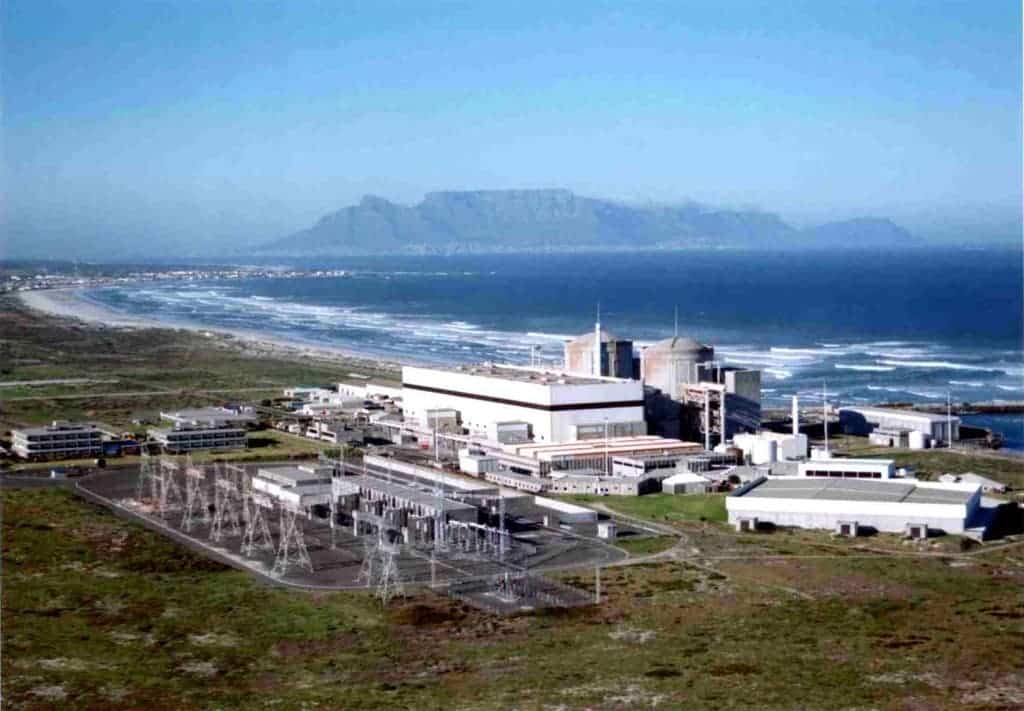
You might think that this isn’t quite the best time in the world to announce a nation wide nuclear plan, with the Japan double tsunami/earthquake incident which lead to the consequent Fukushima nuclear crisis and all, but South African officials don’t seem to let nature intimate them. As such, South Africa’s cabinet ratified a controversial 20-year Integrated Resource Plan that calls for nuclear power to fuel nearly a quarter of the country’s new electricity production in the future.
“We were quite bold to do that,” Dr. Rob Adam, chief executive of the Nuclear Energy Corporation of South Africa, said of the government’s decision to proceed. “The European countries panicked. I don’t think public opinion has changed.”
Besides, this bold act, what’s maybe even most remarkable in South Africa’s energy plan, dubbed IRP-2, is their intention to raise renewable energy sources like the sun and the wind output to account for 42 percent of new electricity generation. This attempt would practically turn South Africa almost 180 degrees around from its current energy situation, as the nation’s electricity grid is based 84% on coal. To meet the new mandate, half a dozen new plants will probably be built along South Africa’s coastline, the industry say.
Back to South Africa’s nuclear plan, critics are slamming the government for its decision of expanding nuclear power. Of course, the Japanese example is being thrown in at every pace protesters make, as local eco-activists strive to convince the government that non-nuclear waste producing alternatives should be looked for. Curiously enough, South Africa can be considered a fairly natural disaster free area, with little to no earthquakes. Currently, South Africa has only one nuclear power plant, located in Koeberg and functional since it’s inauguration in 1984.
Critics of nuclear power note that fault lines a few miles from the Koeberg nuclear plant gave rise to an earthquake 200 years ago that is estimated to have had roughly the same magnitude as the recent quake in Christchurch, New Zealand: 6.3. Luckily for South Africans, in any event, the Koeberg nuclear plant was built to withstand earthquakes of magnitude 7, at least according to Hilary Joffe, a spokeswoman for Eskom, the national electric company.
Environmentalists express skepticism. “Show me one that’s withstood a 7.0,” said Muna Lakhani, branch coordinator of Earthlife Africa’s Cape Town office. “I don’t think you can engineer for mother nature.”
>>RELATED: Nuclear Energy – 4.000 times safer than coal plants
Reports state that South Africa needs to double its current electrical grid capacity, at pace current consumer demand is increasing. This is due most probably because of the countries large number of unelectrified homes which just now or soon will finally get plugged to the network. Its estimated at least 20% of the South Africa’s population doesn’t have electricity. Yeah, the real ecoactivists…
Whether or not critics will still be over it after the Japan situation slowly fades down it remains to be seen, but a nuclear power plant takes a bit to build, the first new power plant being slated for around 2020.


